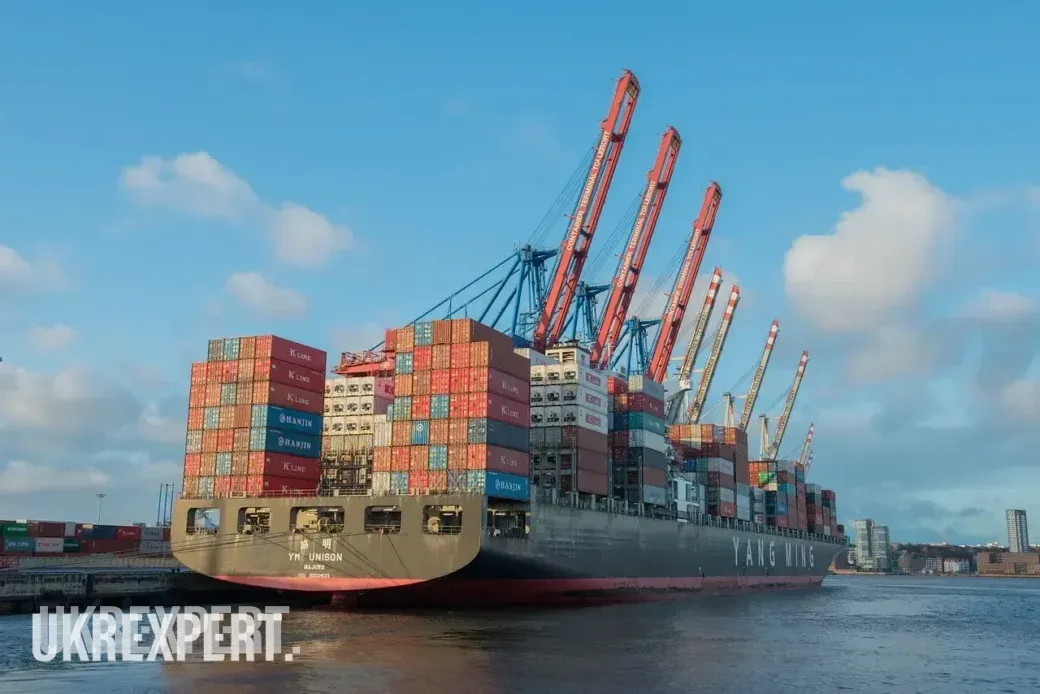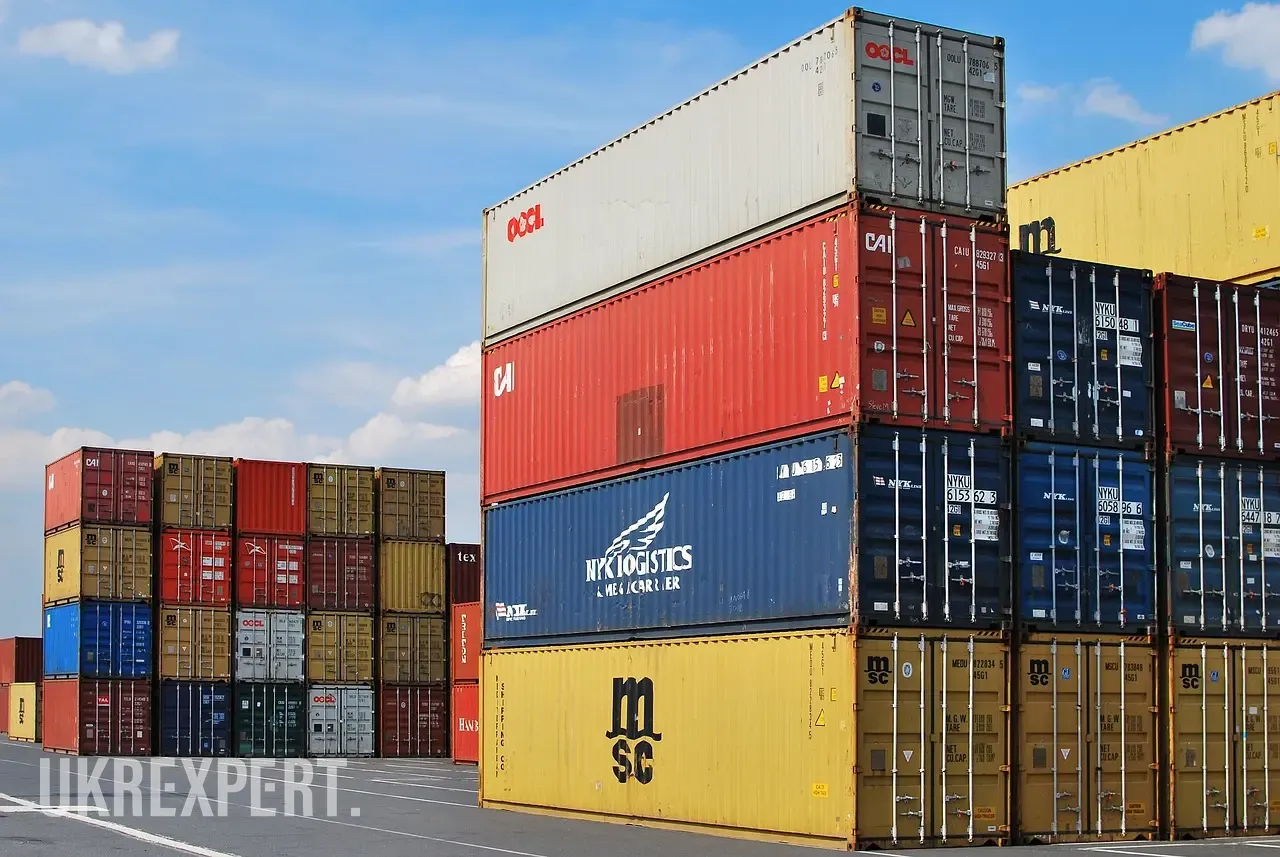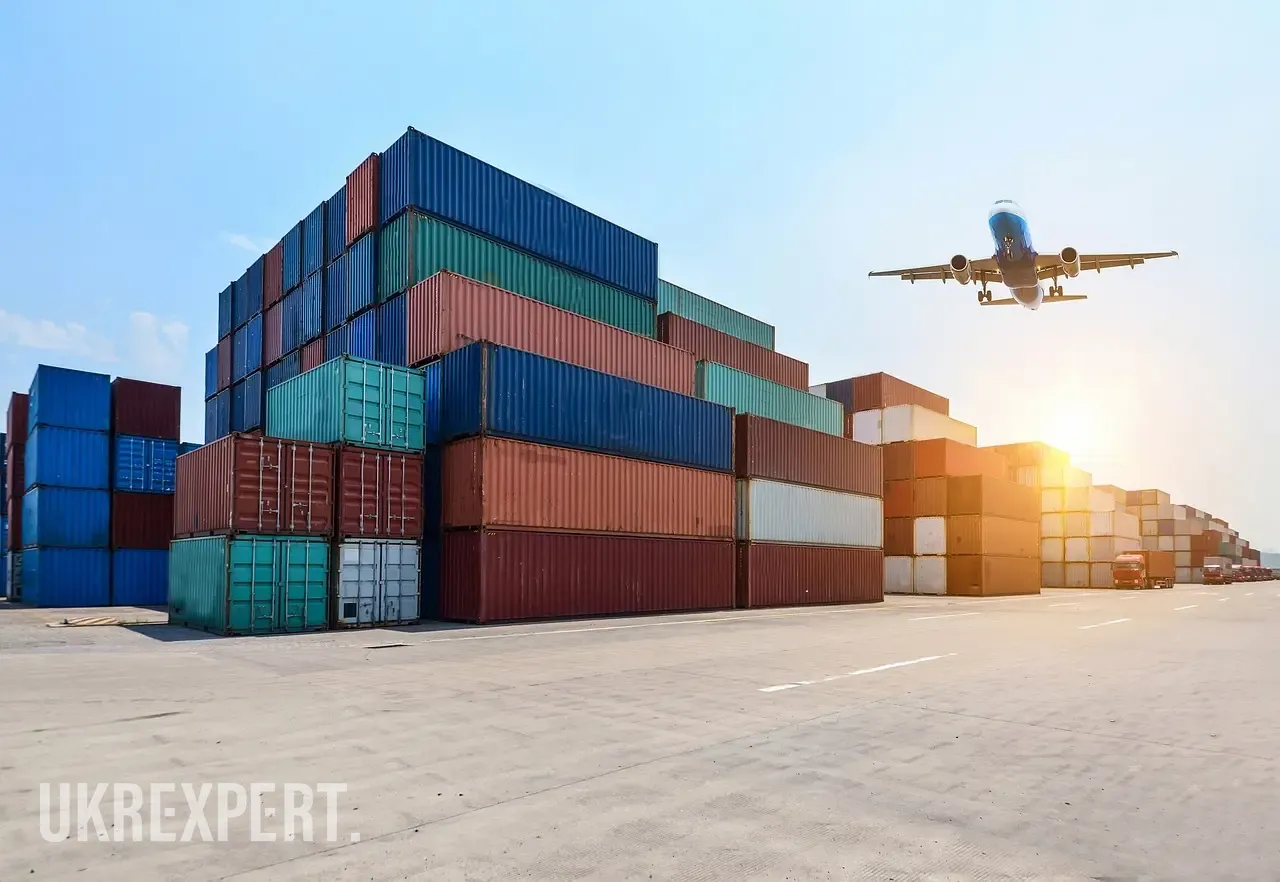
What is the import of goods, what are the types of imports, and the peculiarities of import logistics

In a rapidly changing world where globalization is blurring the boundaries between countries, imports and import logistics are becoming increasingly important. These processes are vital arteries of international trade. The success of imports and logistics operations requires in-depth knowledge and understanding of the intricacies in this area, as well as clear strategic planning and skillful supply chain management. In this article, we will look at what imports are, their types and the specifics of import operations.
What is import in simple terms
Imports are the process of buying or importing goods and services from other countries into a country’s domestic market. It is one of the main components of international trade, allowing countries to gain access to goods and services that are not produced in sufficient quantities or are not available on the domestic market. Imports are also used to obtain goods of higher quality, cheaper, or with special characteristics.
Imports are an important component of the global economy, contributing to the economic unity of the world and economic progress. It is imports that allow countries to specialize in those goods in which they have advantages and to exchange them effectively on the global market.
How imports affect the country’s economy
The impact of imports on a country’s economy can be both positive and negative.
- On the one hand, it can provide consumers with a greater choice of goods, lower prices, and improved product quality.
- On the other hand, significant imports may cause problems for domestic producers, who may lose market share and face economic difficulties.
What is import and how it works: a video tutorial
Would you like to learn more about what imports are, how they are regulated by Ukrainian law, and what goods are most commonly used in import operations? Then we invite you to watch this YouTube video.
Top 5 interesting facts about imports in the world
Imports are extremely important for the economies of the world and individual countries, including Ukraine. This is confirmed by statistical data:
- According to the World Trade Organization (WTO), the total volume of world imports in 2022 exceeded 20 trillion US dollars.
- The largest importers of goods in the world are the United States, China, Germany, Japan, and the Netherlands.
- International trade agreements, such as the USMCA (between the US, Mexico and Canada) and RCEP (Regional Comprehensive Economic Partnership for Asia), have a significant impact on import operations and contribute to trade growth.
- The countries of the European Union imported goods and services worth more than USD 6 trillion in 2021.
- According to the State Statistics Service of Ukraine, in 2021, imports of goods and services to Ukraine amounted to about 60 billion US dollars.
How import operations are carried out
The success of import operations depends on correct and consistent actions at the following stages:
- Research and selection of suppliers. First of all, it is necessary to conduct thorough market research to find reliable and responsible suppliers of goods or services. At this stage, you should analyze the supplier’s prices, quality, reputation, and ability to fulfill the terms of the contract.
- Conclusion of the contract. After selecting a supplier, it is necessary to conclude a contract that clearly defines the terms of delivery, prices, payment terms, guarantees, penalties for violations, and other important aspects of cooperation.
- Regulation of payments: It is very important to determine the method of payment. It may include advance payments, letters of credit, collections, or direct bank transfers. The choice of payment method depends on the degree of trust between the parties and the terms of the contract.
- Logistics and delivery. This stage involvesplanning and managing the delivery process, including choosing the mode of transportation, preparing the necessary documents for customs clearance, and ensuring that the goods are delivered on time and in good condition.
- Customs clearance: Importing goods requires compliance with customs procedures, including submitting the necessary documents, paying customs duties and taxes. It is important to have a clear understanding of the customs legislation of the country of import.
- Quality and certification. The quality of imported goods and its confirmation are critical. At this stage, the quality of the goods is checked at the time of acceptance, and certificates of compliance with the standards of the country of import are obtained.
- Risk management: Import activities involve a variety of risks, including commercial, legal, political and currency risks. At this stage, it is necessary to develop risk management strategies, including insurance, currency hedging, and legal compliance.

Read also our article: What is APY and APR in cryptocurrency, what is the difference between APY and APR in investing?
Types of imports
There are more than 50 types of imports, and we will consider 6 main ones:
- Raw material imports: Includes the purchase of unprocessed raw materials used in production. For example, oil, iron ore, and wood.
- Industrial or equipment imports. Covers machinery, equipment, and vehicles used in various sectors of the economy.
- Consumer imports. Includes goods intended for personal use by consumers, such as electronics, clothing, food, etc.
- Import of services: Includes the purchase of services from abroad, such as financial, insurance, tourism, education, etc.
- Intermediate imports: Goods imported for further processing and resale. For example, components used to assemble final products.
- Licensed imports: the purchase of rights to manufacture and sell products under a foreign brand.
Import: features of logistics services
Importing goods is an important component of international trade that requires careful planning and management of logistics processes. Logistics services for imports include several key stages:
- Customs clearance. Import transactions are accompanied by customs clearance, which includes declaring goods, paying customs duties and taxes, and complying with product-specific requirements and restrictions. Effective cooperation with customs brokers and knowledge of international trade rules and regulations can simplify this process.
- Transportation. Choosing the optimal transportation method is important for the efficiency of import operations. When selecting the optimal mode of transportation, you should consider different types of transportation (sea, air, rail, or road) and take into account factors such as cost, speed and reliability of delivery, as well as the specifics of the goods.
- Logistics partners. Reliable logistics partners can ensure efficient supply chain management, cost and delivery time optimization. Selecting partners that have experience in specific regions and with certain types of goods can add value to import operations.
- Warehousing and distribution. Proper warehousing and efficient distribution of goods are critical to ensuring timely access to markets. This process involves managing inventory, ensuring that goods are stored in appropriate conditions, and processing orders quickly.
- Technology: The use of information technologies, such as supply chain management (SCM) systems, electronic document management and cargo tracking, can significantly improve the efficiency of logistics processes.

Answers to frequently asked questions about importing goods
Imports are classified into two main types: merchandise imports (physical goods and materials) and service imports (e.g., financial, educational, and travel services).
The main algorithm includes selecting reliable suppliers, ensuring that goods meet quality standards, optimizing logistics processes, and complying with customs and trade regulations.
The import stages include procurement, transportation, customs clearance, storage, and distribution of goods to the end user.
Technologies such as supply chain management (SCM), automation, the Internet of Things (IoT) and artificial intelligence (AI) contribute to process optimization, transparency and efficiency in import logistics.
Import risk assessment uses SWOT, PESTEL, risk management models, and financial and operational assessments to identify potential issues in supply chains.
The author of the Portal UKRexperts
Співпраця - текст
We are sure that knowledge should be accessible to everyone, and that is why UkrExperts strives to be your first choice when it comes to enriching intellectual potential.




